Report this entry
More from the same community-collection
Plaza Theater Mighty Wurlitzer Organ
The pipe organ in the Plaza Theater. This organ was used to make ...
The White House, Mills Building, and The Plaza Hotel
All of these famous El Paso landmarks in the historic Pioneer ...
The White House Department store
This department store has been around for over 100 years in one ...
Inside the White House - El Paso, Texas
One of the oldest and most well-known businesses in El Paso, ...
Me and the White House Department Store
This is a picture of me standing in front of the building that ...
Corey Heon playing for the El Paso Buzzards
Corey Heon was a centerman for the El Paso Buzzards hockey team, ...


















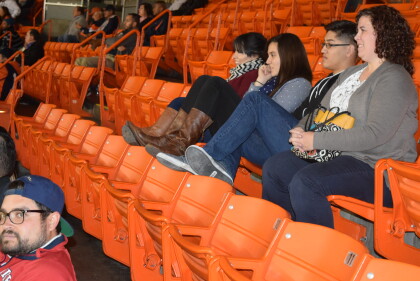
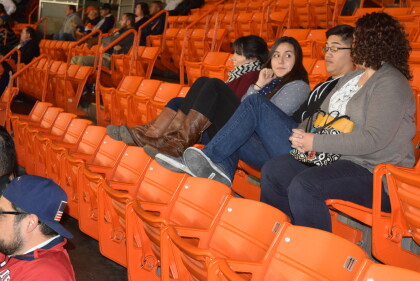
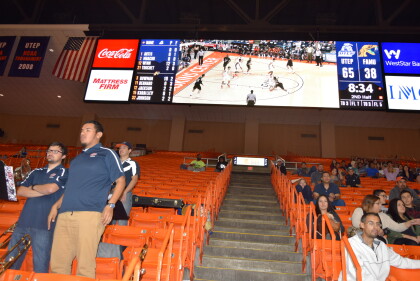
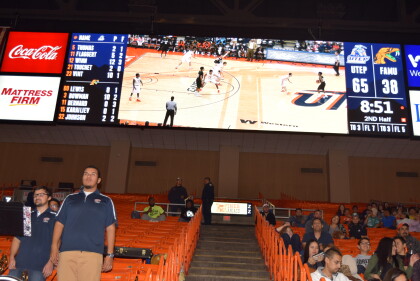
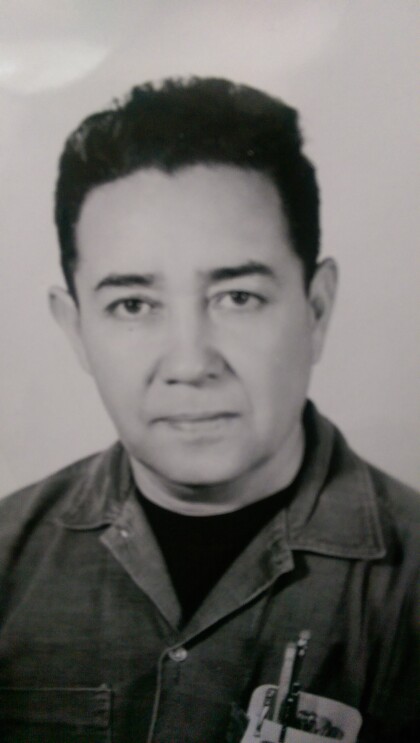
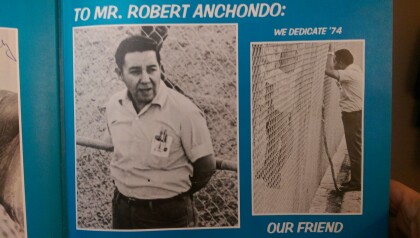


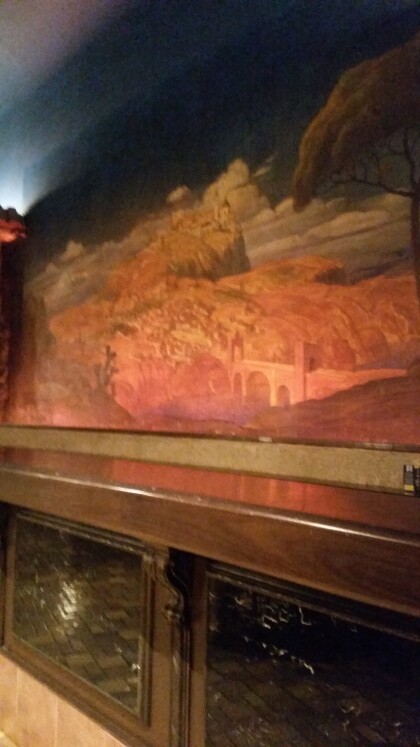
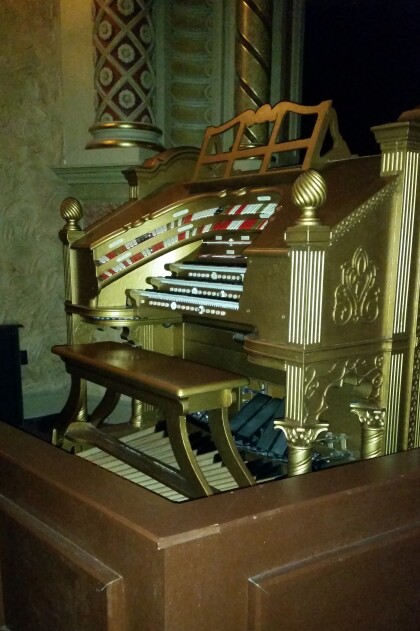


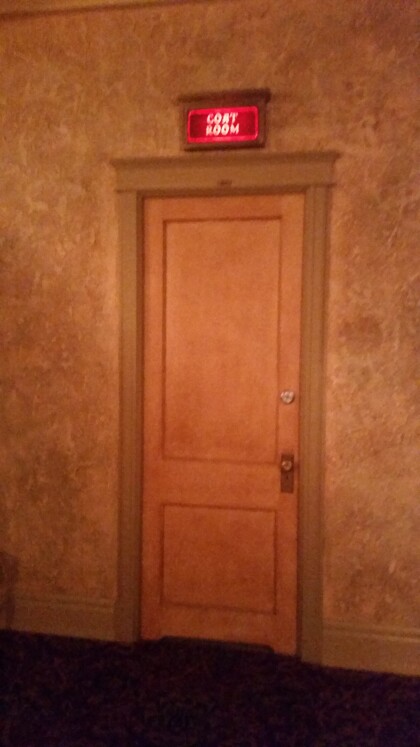
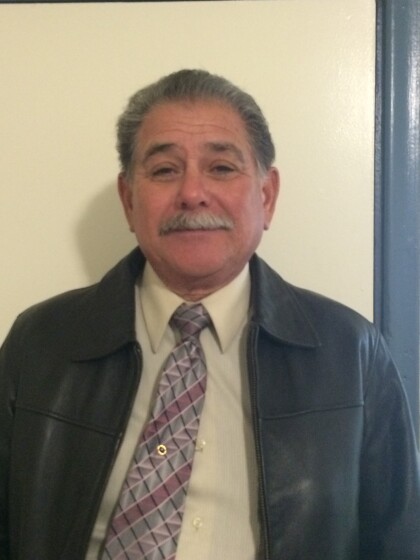

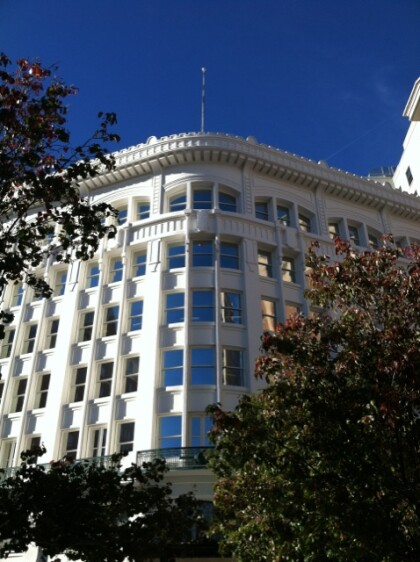
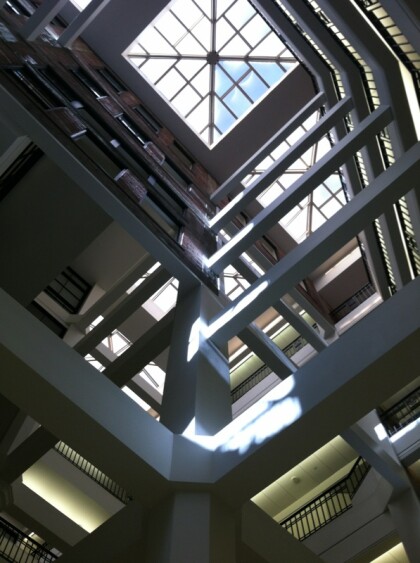



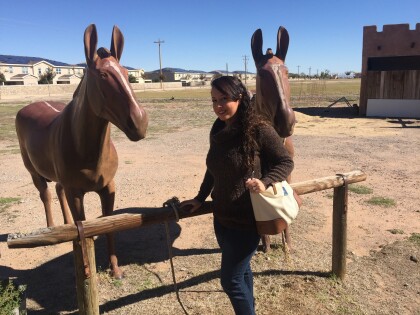
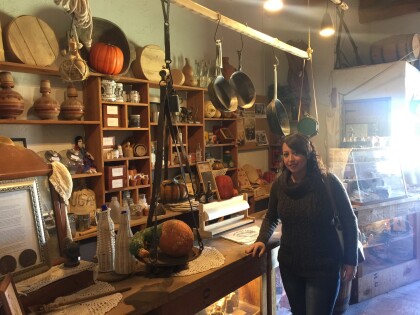
Comments
Add a comment